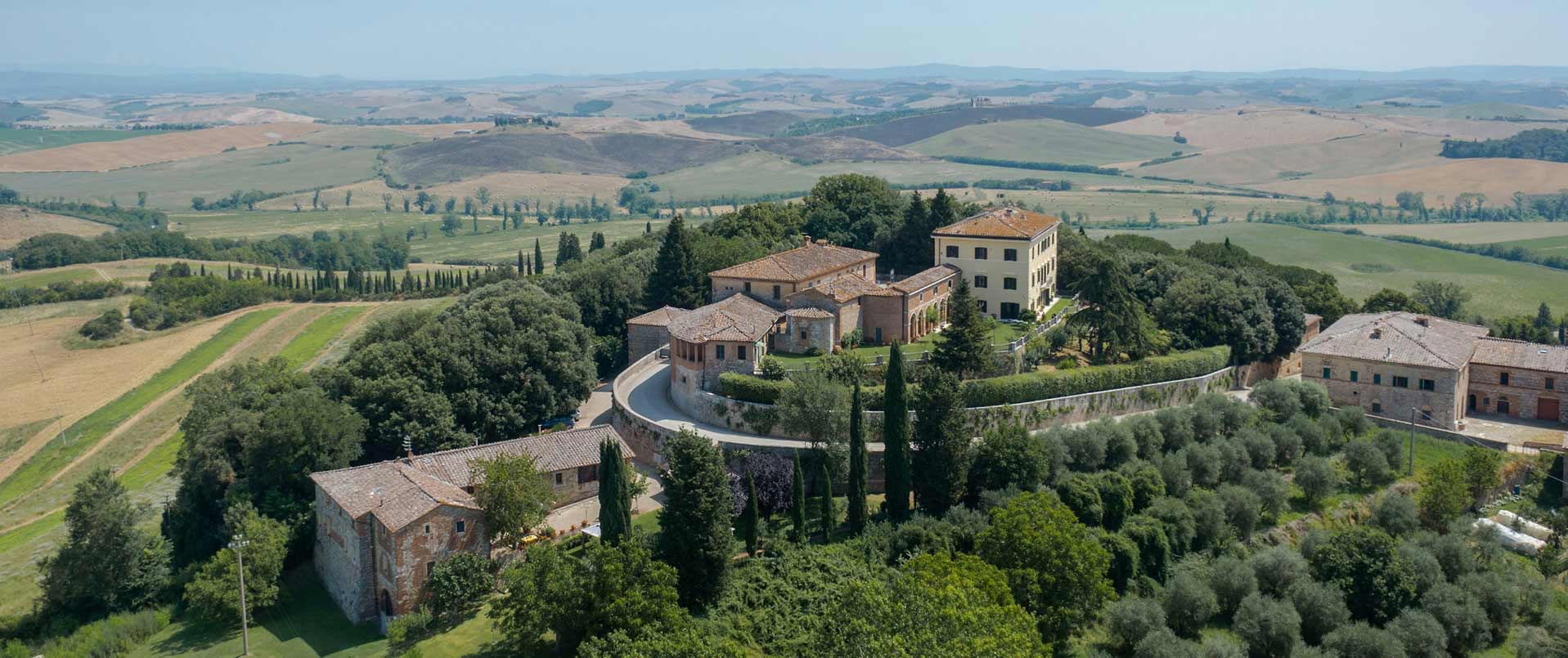
Gardens at the foot of mount Vesuvius
Places visited
Villa Giulia, 18th century – Barra, Naples
Once known as the “villa and delight of the San Nicandro family” on the 1775 Map of the Duke of Noja, Villa Giulia was transformed by Don Domenico Cattaneo Della Volta, 3rd Prince of San Nicandro, tutor to King Ferdinand IV of Naples, from a rural farmhouse into a refined noble villa, intended to host King Charles when the court traveled from Naples to the Royal Palace of Portici. Designed by Luigi Vanvitelli, the works were later overseen by his pupil Francesco Collecini and completed by Vanvitelli’s son, Carlo. The villa was named Villa Giulia in honor of the prince’s wife, Giulia di Capua, Princess of Roccaromana.
In 1886, Duchess Giulia Cattaneo Pignatelli—lady-in-waiting to the House of Savoy—commissioned architect Nicola Breglia to expand the villa and redecorate it in the prevailing eclectic style. Today, the residence remains in the hands of the De Gregorio Cattaneo family, Princes of Sant’Elia. Highlights include a Moorish-style apartment at garden level, an elegant eclectic interior on the piano nobile decorated by Ignazio Perricci and Salvatore Cepparulo, and a magnificent 19th-century iron and glass greenhouse. The lush gardens feature ancient trees, a holm oak grove, ornamental fountains, stone sculptures, and a rare centuries-old camellia collection.
Villa Vannucchi (formerly Caramanico), 18th century – San Giorgio a Cremano (Naples)
Commissioned in 1755 by Giacomo d’Aquino, Prince of Caramanico and gentleman of the chamber to King Charles of Bourbon, this majestic villa stands along the Miglio d’Oro. Originally comprising two main buildings and five hectares of woodland, the property changed hands over the centuries, eventually becoming the residence of the Vannucchi counts in 1912. The villa, one of the grandest in the Vesuvian area, features a chapel, sacristy, music room, and former stables converted into a theater.
The rear garden, designed by architect Pompeo Schiantarelli in 1783, is a stunning example of Baroque French-style landscape design, with a radial plan centered on a monumental fountain, four diagonal pools, and 14 radiating avenues filled with ancient camphor, pine, holm oak, palm, magnolia, mimosa, and apricot trees. During the Napoleonic era, the villa flourished under the Prince of d’Aquino and his wife Teresa Lembo, niece of Joachim Murat, becoming a hub of aristocratic social life.
Botanical Garden of the Royal Palace of Portici, 18th century – Portici (Naples)
Commissioned by King Charles of Bourbon in the early 18th century, the Royal Site of Portici included French-style gardens with citrus groves. Later passed to the House of Savoy and then to the Province of Naples, it was transformed into an agricultural training institute. The botanical garden, established by Professor Nicola Antonio Pedicino, became a center for scientific and educational purposes. The Giardino Soprano (Upper Garden) housed perennial species, while the Giardino Segreto (Secret Garden) was for annuals and botanical study.
Under the directorship of Orazio Comes, the garden expanded its experimental role, including the cultivation of tobacco. In 1920, the Orto Patologico (Pathological Garden) was founded. Later, rare exotic specimens were added from the Palermo Botanical Garden. Post-WWII reconstruction brought the area to two hectares, including a fern garden, palm grove, and a greenhouse for succulents. Under director Valeria Mezzetti Bambacioni, the garden saw a full revival and expansion.
Oplontis – Archaeological Gardens, 1st century BC – Torre Annunziata (Naples)
This Roman villa, attributed to Poppaea Sabina, second wife of Emperor Nero, dates back to the mid-1st century BC and was part of the vast imperial estates. Built for leisure on the sun-kissed Vesuvian coast, the villa was under renovation when Vesuvius erupted in 79 AD. Construction materials and packed-away furnishings suggest temporary abandonment. The site features elevated garden pavilions, porticoes, and a thermal bath complex.
Though the original gardens were lost to lava, their essence survives through exquisite frescoes depicting idealized gardens: masks, fruit baskets, vines, torches, lush plants, birds, and Roman copies of Hellenistic sculptures. These frescoed gardens transport us between real and imagined worlds and offer a botanical treasure trove of ancient flora.
Storytelling of the Tour
An unusual botanical journey along the legendary Miglio d’Oro, seeking out the Gardens of Fire.
Fire—among the four elemental forces—is that of Vesuvius, whose eruptions forged a land both dangerous and dazzling. The volcanic soil is loose, fertile, and water-rich from shallow aquifers—ideal for lush gardens. And so, the nobles of Naples planted their paradises in the shadow of fire.
Our tour begins at Villa Giulia, with its ancient camellia groves, oak woods, and a noble 19th-century glasshouse surrounded by fountains and statues. We continue to Villa Vannucchi, whose monumental garden spirals around a central fountain—a Baroque marvel by architect Pompeo Schiantarelli, where the curves mimic sea waves more than a compass.
Next, we visit the Botanical Garden of the Royal Palace of Portici, where the art of collecting, experimenting, and imagining plants is cultivated across greenhouses, palm groves, fern gardens, and educational plots.
After a lunch break in a local restaurant, the afternoon brings a breathtaking surprise: the Garden of Poppaea at Oplontis, dating to the 1st century BC. Though buried by the eruption of 79 AD, the garden lives on in frescoes that allow us to walk through time—revisiting the flowers, trees, and birds that once graced the villa of an empress.
Info and Prices
Full-day tour, approx. 9 hours
Price per person from €120.00 (minimum 20 participants)
The fee includes:
Information and booking: campania@adsi.it